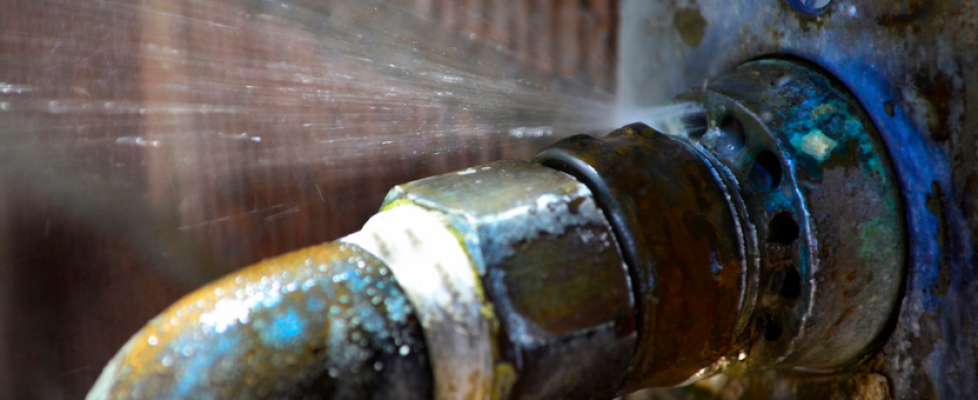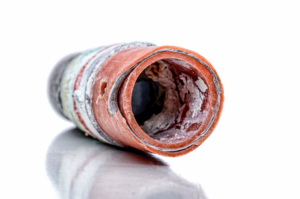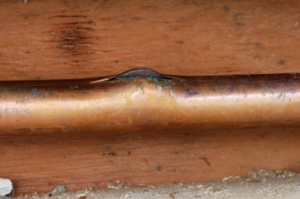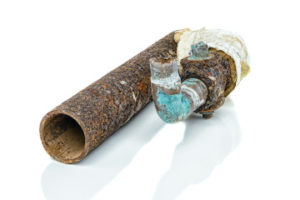Assess Your Pipes Before Catastrophe Strikes
Pipes that leak can be very expensive and can result to devastating challenge to the homeowner. Issues lying in wait behind closed walls; can cause devastating damage to a resident’s belongings together with a building’s structure. These issues are usually caused by leaking pipes, resulting to expensive repair of a property. Therefore, it is important to check/assess your pipes. In order to spot any problem before it becomes a catastrophic emergency.
Your leaks can be due to defective products or age-related issues. The following are things to look for:
Drain Waste And Vent (Dwv) Systems.
The DWV system is one of the most important components of your plumbing system. This system allows the flow and removal of sewage and grey water down the drains and through waste pipes. Corrosion of the DWV is more prominent in aged properties.
The corrosion can be so severe that it leads to blockage and even complete structural failure. It is important to know the type of pipes used in your plumbing, the time it was installed plus how it is aging. Hence, this helps you to evaluate and prepare for future pipe replacement or repair.
Your DWV piping system exhibit the following signs when it’s failing;
- Slow draining of water
- Odors
- Back-ups of drained water
If your building is twenty plus years old, it’s more likely to show the listed signs. Thus, you are required to do a camera inspection to assess your pipes and the status of your plumbing system.
Domestic Water Supply System.
High zinc yellow brass fittings.
They are used in some PEX piping systems. These fittings are affected by dezincification, which can cause disastrous leaks and stress fracturing.
Aging copper and galvanized piping.
They are found in potable domestic water systems. They undergo corrosion and deterioration. Buildings more than 25 years old are usually affected. Odors, discolored and poor tasting water, low water pressure and frequent pinhole leaks are the warning signs.
Polybutylene
This is a gray plastic pipe that was installed in domestic water systems in the year 1978 to 1995. It was used throughout North America by single family homes, condominiums and low-rise apartments. Common water additives for instance chlorine attack polybutylene fittings and pipes. Therefore, leading to stress fractures plus catastrophic breakdown without any warning.
The longer polybutylene is used, the greater the complications it can cause. Hence, making its replacement mandatory.
Closed-Loop Hydronic Systems.
Also referred to as closed loop HVAC systems. The hydronic piping systems employs chillers and boilers; to cool or heat water which flows through pipes to the fan coil units (FCU’s). FCU’s blow air across a coil to either cool or heat your residence.
The system is made more efficient by insulating around pipes, in order to minimize ambient temperature loss as water moves from one unit to the other. As the systems ages the insulation on the risers, main loops plus run outs which feed the individual units deteriorates because of condensation.
With time moisture from condensation causes the pipes to corrode from outside. Therefore, if your pipe insulation is damp, non-existent or loose; contact a professional as they are a sure sign of a problem with your hydronic heating and cooling system.
Ensure you assess your pipes regularly will help you prevent catastrophic damages and ensures that; you’re plumbing system works at its best.




